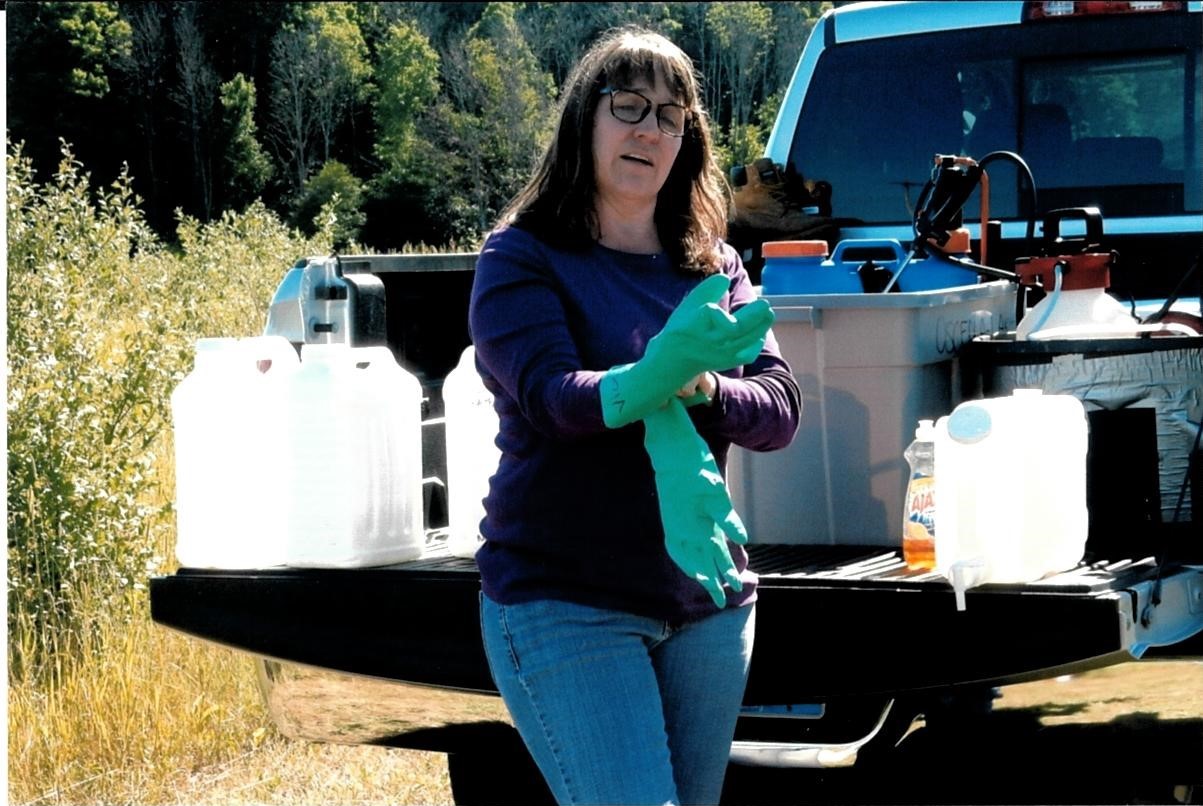MICHIGAN DISTRICT ASSISTS LANDOWNERS IN TREATING AUTUMN OLIVE SPREAD
Wexford County Conservation District (WCCD) is tackling a problem conservation districts unknowingly created more than half a century ago: autumn olive.

“It was a problem we kind of created,” Larry Czelusta, forester for Wexford Conservation District in Michigan, said. “We didn’t know the unintended consequences that would arise in the future. The very thing we planted it for, the hardiness of the plant, now makes it really difficult to control.”
WCCD held a workshop in July to educate landowners and demonstrate methods of treating and reducing the spread of the invasive bush. Nearly twice as many people who registered attended, and Czelusta will be visiting landowners’ property to assist them in developing treatment plans. The reception has prompted Czelusta to consider doing another autumn olive workshop in Missaukee County, perhaps next year.
Autumn olive is known for its resiliency. It serves well for windbreaks and erosion control, highway barriers and soil stabilizers. Birds love the berries it produces, but they also spread the seed when they digest the fruit, and the shrub grows quickly, overtaking native plants and pushing out other species.
“Cutting or burning it makes the condition worse,” Czelusta said. “It has to be a combined mechanical and chemical approach. We wanted to clear some of the confusion about using herbicides, giving landowners some information and then demonstrating it so they realize it’s not as intimidating to treat as they think.”
Treatment options include spraying, which can affect other plants around the autumn olive, and cutting the shrub and treating the stump with a mixture of chemicals.
“Most people liked the cut stump method because they are leery of mixing chemicals and non-target application of the chemical,” Czelusta said. “With a cut stump treatment, you’re dealing with a stronger formulation, but its application is more controllable.”